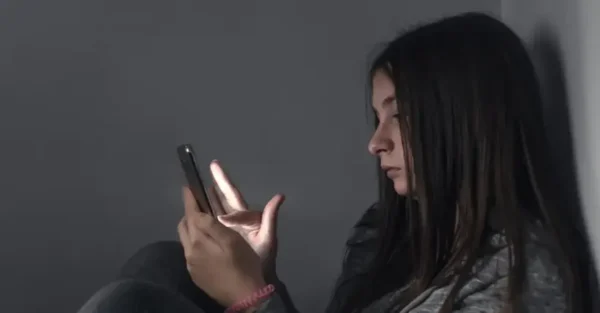Policies regarding sexting vary slightly from school to school, and so do the exact procedure according to the individuals involved, the age and context.
For the school to be aware that incidents of sexting has taken place – probably a tiny fraction of the actual number – there are probably wider issues such as subsequent sharing and bullying, a distressed response to unsolicited images or a parent alerting the school after monitoring their child’s social media use.
The latter is the least likely, as most sexual images are shared via social media. Apps like Snapchat, which might be used, limit the time of visibility.
School pastoral or safeguarding staff will usually meet with all of the parties who are involved in the sexting. This might mean sharing information with equivalent staff at another school, should one of the young people attend a different setting.
Assessing the situation
The staff members will interview the students and ascertain if there has been any coercion involved in obtaining the image as well as assessing age difference and whether there is a bullying or abusive dimension to the incident.
Parent involvement
Parents will usually be contacted and all of the involved parties will be required to remove the image from their devices. Whilst it is illegal for any child under the age of 18 to make, send, share or request an explicit image, younger children may, of course, need additional support from counselling services, the police or social services.
Most professionals would be in agreement that it is not in the best interests of a child to criminalise them for sending a sexual image, despite the fact that the age of criminal responsibility is 10 years old and the behaviour itself is illegal,
Prevention: Education
Therefore, most schools and police liaison officers will work hard to prevent the behaviour from taking place with lessons and assemblies, and by working with parents and groups of students who are involved in this behaviour, to avoid the very serious consequences of a sexual offence related criminal record. However, repeat offenders, sexting to and requesting images from younger children and evidence of intimidation and coercion is likely to result in a warning or criminal record.
Steps parents can take
These parenting tips can help you take charge of uncomfortable situations involving sexts or nudes.
- If a parent discovers that their child has been sent a nude they should ensure that they tell the designated safeguarding lead at their child’s school as soon as possible.
- The school or police liaison officer will want details of the image, but it is important that the parent and child do not themselves share the image.
- It is important that they delete the image from all devices after the school has been informed.
- If their child has made or shared a nude, the parent should be mindful that their child has also committed a criminal offence.


